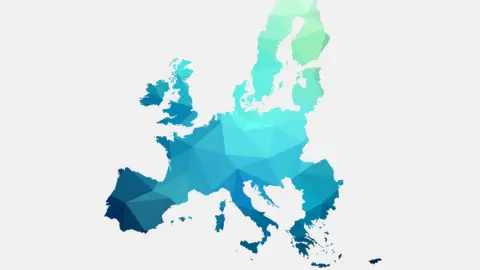Key events in EMEA next week
Emerging markets will continue to face high inflation figures, putting pressure on central banks in Hungary and Russia to hike rates
Hungary: Year-on-year inflation figures still high, despite the disappearance of reopening effects
After a rather weak June, we expect Hungarian industry to rebound in July with strong month-on-month growth. However, the roller coaster will continue as supply chain issues have reappeared in August, causing temporary shutdowns in car manufacturing. As the reopening-related shocks fade, we expect inflation to be driven by seasonal factors again. Add to that the strengthening Hungarian forint, and some calm in commodities, and we might see some minor decline in prices on a monthly basis. However, this is not enough to see a marked drop in the year-on-year headline reading, so it will hardly ease pressure on the central bank to continue its rate hike cycle.
Russia: Rate hike cycle to continue
Inflation and the key rate will be in focus next week. The most recent local activity and CPI indicators suggest that inflationary pressure continues to mount in Russia – mainly due to a spike in global cost inputs, but also due to a tighter labour market and incoming social payments from August-September totalling around 1% of households’ annual income. In August, Russian CPI most likely edged up by 0.1-0.2ppt to 6.6-6.7% year-on-year, slightly exceeding our initial expectations and reinforcing the cautious stance by the Bank of Russia. The good news is that even with this pick up, the CPI trend is still within the Bank of Russia’s base case scenario, meaning little urgency to make sharp adjustments to the key rate. We still expect a 25bp hike at the 10 September meeting, to 6.75%. But the risk is that the key rate ceiling, which we previously saw at 6.75-7.00%, may now be facing upward pressure, putting more emphasis on the CBR’s medium-term signal.
In other news, Russia’s balance of payments for August should point to a relatively strong current account in the US$5-8bn range, which combined with persistent US$2.5 bn portfolio inflows into the local currency public debt (OFZ) should explain why the ruble managed to avoid any adverse seasonality last month. Meanwhile, the ruble’s relative underperformance vs. its peers in recent weeks suggests that corporate capital outflows remain a drag on the currency, keeping the local FX market sensitive to global risk appetite, which may deteriorate in the event of faster-than-expected Fed tapering.
EMEA Economic Calendar

This publication has been prepared by ING solely for information purposes irrespective of a particular user's means, financial situation or investment objectives. The information does not constitute investment recommendation, and nor is it investment, legal or tax advice or an offer or solicitation to purchase or sell any financial instrument. Read more
Download
Download article
3 September 2021
Our view on next week’s key events This bundle contains 3 Articles
